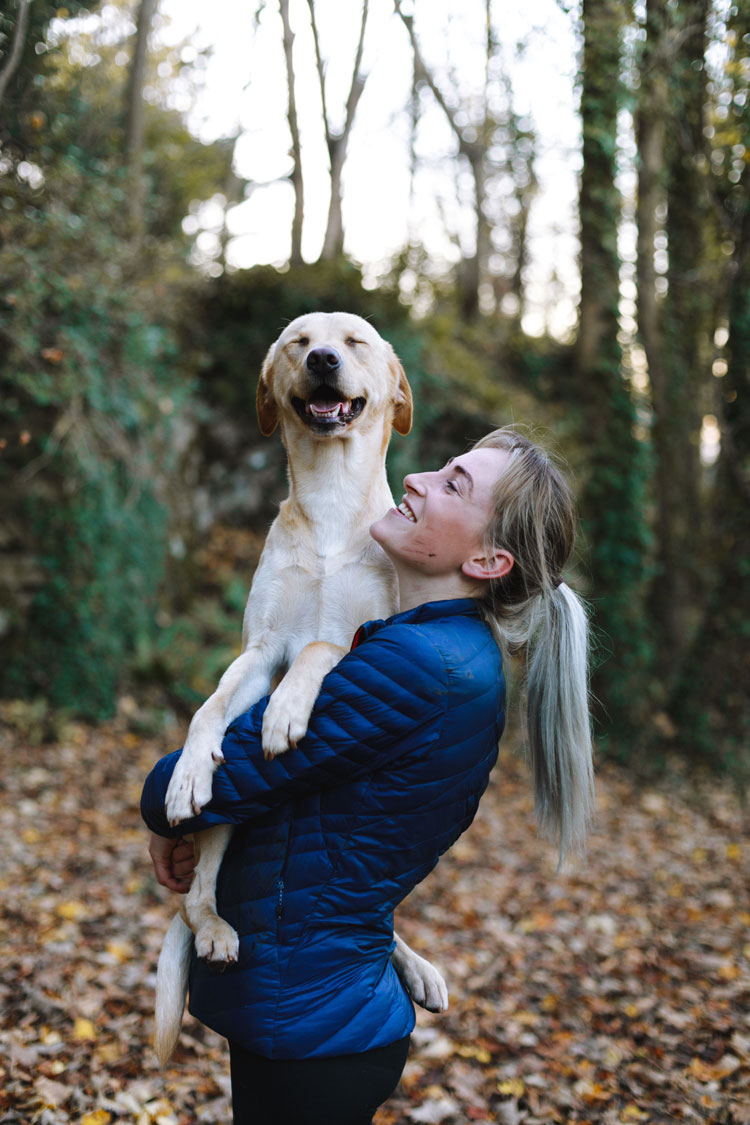COLLABORATION: Identifying The Potential For Harm
“The more you do internationally, the more insights from one country or one culture are really fascinating to someone in a different culture…very quickly you learn that the whole world works on the basis of families” Adrian Fisher, designer of mazes and labyrinths, FT Weekend, 28 August 2022
When we engage with enterprising families, we do so with care, self-awareness, and appreciation for what they have achieved. We also hold in high regard the complex, interpersonal dynamics among family members around the dinner table and interacting as thought leaders and business owners within the family enterprise.
To manage and understand the fundamental paradoxes between family and business systems Lorisa brings extensive practical applied experience and leadership as a senior collaborative family law lawyer, cross-cultural social anthropologist, consensual dispute resolution practitioner providing readiness, skills development, and process management. She also has experience as a workplace investigator, policy analyst and advisor, facilitator, trainer, speaker, and published writer.
Interpersonal, cross- and intergenerational conflict can arise where family and business systems overlap and interact. Lorisa’s depth and scope of experience helping individuals in challenging “famliness” circumstances, uncovering differences of opinion, exploring divergent values, examining unfamiliarity with fast paced social changes, and leading challenging open discussions to learn and listen – the beginning to collaboration.
We may not be aware of the social, cultural, and intellectual baggage we bring to the table. Inadvertence or inexperience to recognize and manage harm to others can be rectified using best practices and Multi-Disciplinary Team (MDT) protocols and collaborative best practices and principles. Building a Collaborative MDT (C/MDT) offers family enterprises a significant advantage to their growth, stability, and cohesiveness.
An informed nonjudgmental conversation is an optimal practice to discuss potential personal biases and conflicting interests as a source of potential harm within the C/MDT and during family meetings and events. Developing best practices early to build clarity, direction, and trust keeps communication on all levels effective, inclusive, and developmental.
 “Do No Harm” to the Family & Business Systems Matters
“Do No Harm” to the Family & Business Systems Matters
Our families experience rapid changes in societal norms, politically acceptable conduct, and technological applications. A small misstep can rupture the fabric of the family and disrupt or shut down open communication. When harm happens the ripple effects can be disruptive and impactive. Harm
- affects clients’ individual decision making capabilities
- alters the words we choose and the immediate impact of those words
- leads to segregative and divisive behaviour
- distorts perceptions
- diverts attention
- changes the narrative
- changes the environment of the discussions from non-threatening to potentially harmful
- inflames emotions and revives past transgressions
- changes anticipated behaviour
- alienates C/MDT members and clients
Key Definitions for FEA application:

Implicit bias: Omnipresent, conscious, and unconscious, spontaneous, and without forethought is a judgment, behaviour, or a pattern of thinking towards others which may impact our understanding, action, and reactions.
These behaviours are transmitted as modelling, influencing, and socialization of beliefs. They negatively impact trusting relationships, distort our professional advice, the value of fairness, alter perceptions, and many other factors in our work within teams, our own lives, and the families we work with.
Explicit bias is openly expressed communications of any nature without consideration of potential armful, degrading and negatively impactful consequences.
Principled Process: Committed involvement with rules of conduct facilitating effective and efficient participation, conflict resolution, and decision making. For example, contracting agreements will include provisions relating to communication guidelines and best practices of collaboration.
Strategies to Change Actions to Do No Harm
- Learn to identify and check your own biases at the door. A rudimentary step is to check in with the C/MDT before the client meetings begin to openly exchange any emerging issues or concerns. As part of the briefing before a client meeting and just as important, during the debriefing after the client meeting, each C/MDT member requests and receives constructive feedback relating to any difficult moments the clients or the C/MDT may have experienced.
- Request time out for the C/MDT to caucus away from the clients, to identify the harm experienced or a reaction perceived by a client present. Discuss how to restore trust and identify what steps can be implemented in the moment. Collaboration being a transparent process requires an explanation to the clients about what happened. Offer to discuss the clients’ process needs before moving forward.
- Extend a professional courtesy by the C/MDT to each member and to the family to ‘call me out’ if a misstatement or inappropriate remark or reference was made. Acting promptly deters discomfort from developing and demonstrates leadership. These discussions may be part of the preliminary discovery interviews with each family member.
“Applying a principled process brings integrity, accountability, effective leadership, finds the best opportunities to exploit and manages conflicts as they arise. Developing options for resolution and a path forward truly aligns values and supports family enterprise.
Collaboration builds durable, sustainable, and reliable relationships. Something families will always inherently strive to achieve.”
5 Strategies to Eradicate Implicit & Explicit Bias
- When bias is not in check, voices will not be heard. The person(s) perceiving the harm may choose not to participate further, seek to thwart optimal decision making opportunities, divert resources to alternative agendas, or generate divisive outcomes. Dealing with harm when it occurs, or is perceived to have occurred, keeps trust balanced and relationships viable.
- Checking in with all participants in advance of, during, and after meetings to monitor and discourage the potential to entrench to alliances and conduct previously sanctioned.
- Survey governance documents and employment policies for “isms”, closed doors / glass ceilings, dated practices with the potential for inequitable outcomes, and other sanctioned protocols which has or may cause harm.
- Develop transparent agendas for meetings and distribute in draft form to elicit inclusivity and accessibility. Welcome and hear out innovative ideas to moving from being stuck on one ‘tried and true’ outcome.
- Be alerted to hidden agendas and side bar compromises constructed in a vacuum. Side deals corrupt the integrity of collaboration.
“Dynamic advocacy through collaboration gets to the heart of the paradox and a path forward from a consensual, principled, and informed multifaceted approach.”
Build a Better Team: Elements of Growth within FEA C/MDT

Collaboration fosters internal cross mentorship, knowledge base sharing, and peer group learning. Identification of and uniform support for best practices through non-judgmental constructive briefings and debriefings ensuring each advisor is on the same page supporting the family’s welfare and the welfare of the business across generations.
The C/MDT members gain insights and enhanced experience through the use of collaborative protocols and shared professional ethics. Collaboration balances content and process and keeps family and the C/MDT on the same page while opening channels of innovation. It defines the strengths and competencies of the C/MDT, models best practices for the family to learn from, and supports the business family from a dynamic trusted advisor platform.
Lorisa Stein is a senior collaborative practitioner, cross cultural anthropologist, consensual dispute resolution readiness and management consultant, policy analyst and consultant.
To contact Lorisa Stein email her at lorisa@lorisastein.com, her Direct Line is 416 596 8081, or complete her Contact Form located at www.LorisaStein.com/contact

 “Do No Harm” to the Family & Business Systems Matters
“Do No Harm” to the Family & Business Systems Matters